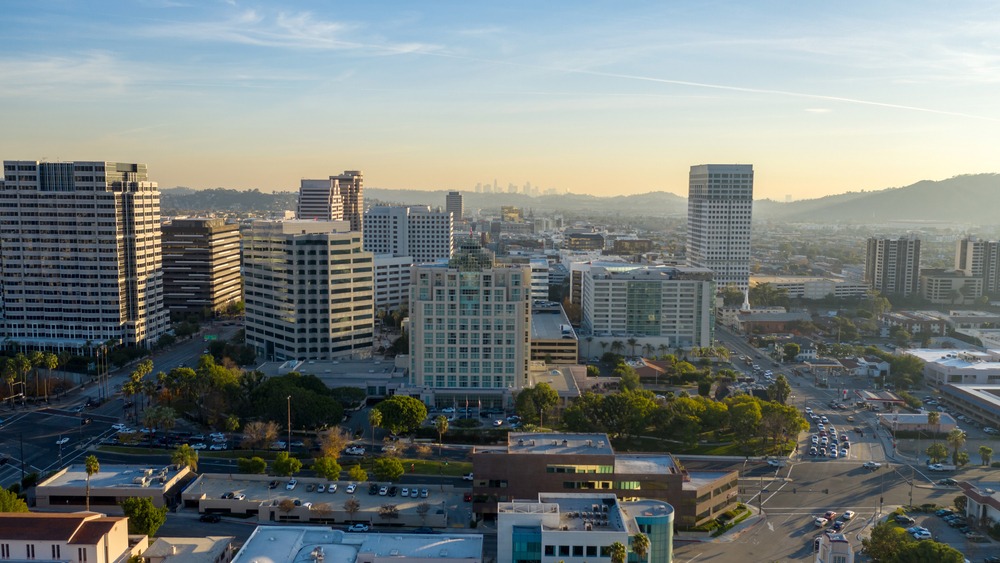Unraveling the Diverse Cityscape of Glendale, CA
Glendale, CA: History, Geography, and Landmarks

Glendale, California, is a city that beautifully combines history, geography, and culture. Nestled in the San Fernando Valley and Verdugo Mountains regions of Los Angeles County, Glendale is the fourth largest city in Los Angeles County. As per the 2020 U.S. Census, the city is home to over 196,000 residents, making it an important hub in California.
The history of Glendale dates back to its establishment as a ranch in the 19th century. Over the decades, the city has transformed into a thriving urban area, attracting residents and visitors alike with its unique blend of suburban charm and city amenities.
Geographically, Glendale occupies a prime location on the eastern edge of the San Fernando Valley and Griffith Park. Its landscape is characterized by stunning mountain views, verdant parks, and a bustling cityscape.
In terms of important places, Glendale boasts several notable attractions. The Americana at Brand offers a remarkable blend of shopping, dining, and entertainment experiences. Brand Park, a beautiful green space located in the foothills of the Verdugo Mountains, provides ample opportunities for outdoor recreation. Forest Lawn Memorial Park, known for its art, architecture, and a stunning view of Los Angeles, is another landmark worth visiting. Additionally, the city is home to the Museum of Neon Art, showcasing exhibits that highlight the history and artistry of neon signs.
Several influential figures have contributed to Glendale’s growth and development. One such individual is Larry Zarian, who served as the city’s mayor four times and played a significant role in shaping Glendale’s political landscape.
Glendale, CA, with its rich historical legacy, diverse geographical features, and vibrant culture, continues to captivate residents and visitors alike. It truly stands as a testament to Southern California’s unique charm and dynamism.
